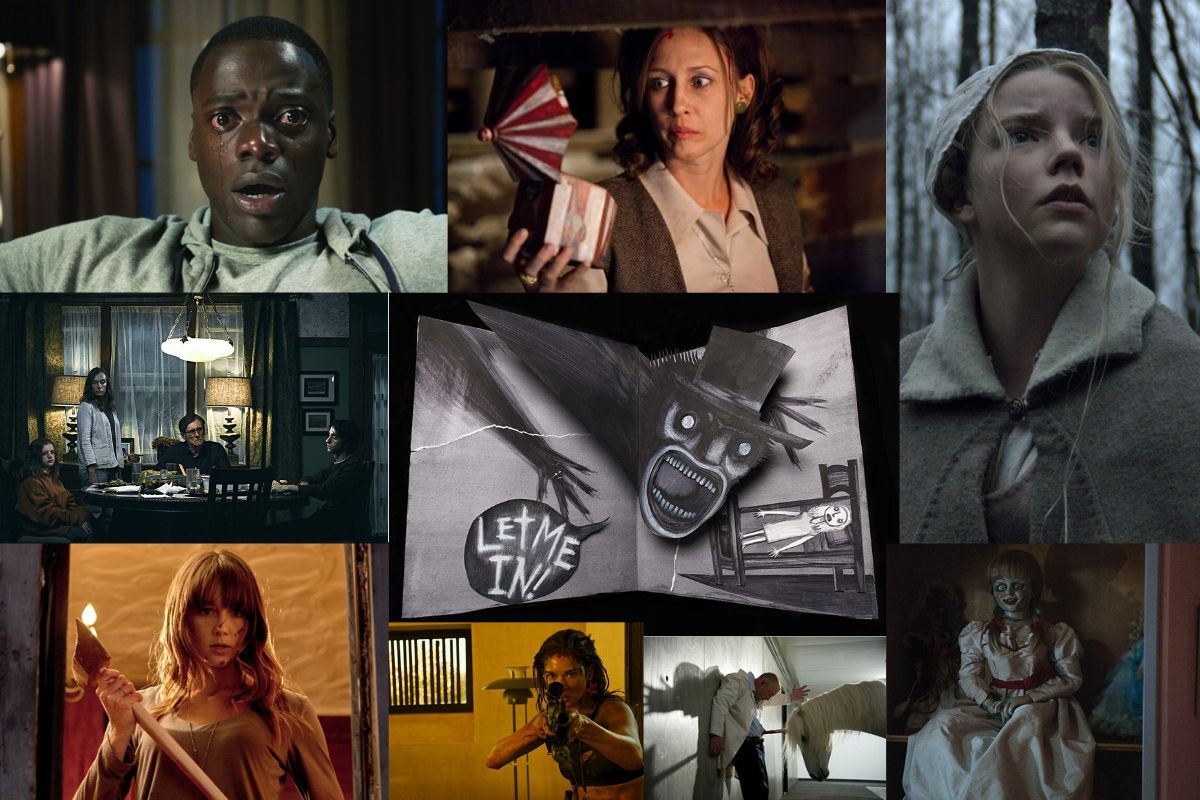Physical Address
304 North Cardinal St.
Dorchester Center, MA 02124
Physical Address
304 North Cardinal St.
Dorchester Center, MA 02124

If you’ve been keeping up with discussions about horror over the past decade, you’ve likely encountered the term “elevated horror.” You may have also seen debates about whether it’s a legitimate genre, if it’s fair to categorize some horror movies differently, and whether elevated horror movies are genuinely scary or just “weird.” But what does it actually mean for a horror movie to be considered elevated?
The term “elevated horror” is essentially a modern extension of the “art horror” films of the ’60s and ’70s. These older movies were not just frightening; they were also visually striking and thematically rich. The “elevated” part implies that these contemporary horror films offer more than just the usual blood, demon possessions, boogeymen, or vampires. Of course, one might argue that all horror movies have deeper layers beyond their scary elements, often dealing with trauma in various forms. Elevated horror is simply the label we’ve started using for films that appear to be more complex than the average horror flick.
So, what exactly qualifies as elevated horror? Ultimately, it’s a case of “you know it when you see it.” Over the past ten years, fans have built a sort of unofficial canon for those interested in exploring this subgenre. This field is mainly dominated by directors like Ari Aster, David Robert Mitchell, and Jordan Peele. These newer filmmakers breathed new life into horror by exploring themes like family dynamics, race, class, and sexuality in their work. However, some veteran directors also make the cut, blending their indie sensibilities with horror elements to create films that feel artier than your standard slasher flick. These movies aren’t necessarily better than other horror films, but they offer an intriguing look at new ways to scare audiences.
For example, Ari Aster’s “Hereditary” delves into family trauma and mental illness while delivering terrifying supernatural elements. Jordan Peele’s “Get Out” uses the horror genre to explore race relations in America, creating a uniquely unsettling experience. David Robert Mitchell’s “It Follows” combines a simple but innovative premise with a moody atmosphere and social commentary.
This new wave of horror films often forgoes traditional jump scares and gore in favor of slow-building dread and psychological terror. They tend to focus on real-world issues, providing a mirror to societal anxieties and personal fears. Elevated horror films are less about the monster under the bed and more about the monsters within ourselves.
These films have sparked debates among horror fans and critics alike. Some argue that the term “elevated horror” is elitist or dismissive of more conventional horror movies, which also have their own merits and complexities. Others believe that this new terminology simply highlights the evolution and expansion of the genre.
Regardless of where one stands in the debate, elevated horror has undeniably made an impact on the industry. It has opened doors for more diverse storytelling and pushed the boundaries of what horror can be. These films have demonstrated that horror can be both deeply unsettling and intellectually stimulating, offering more than just cheap thrills.
Whether you’re a fan of traditional slashers or prefer the mind-bending narratives of elevated horror, there’s no denying that this newer subgenre has contributed to the richness and diversity of modern horror cinema. Elevated horror may not be everyone’s cup of tea, but it has carved out its own niche and continues to influence filmmakers and audiences alike.
In the end, horror is a genre that’s always been about experimenting with fear, finding new ways to scare people, and addressing the deeper anxieties that haunt us. Elevated horror is just another chapter in this ongoing story.
Source: Various



